Genuine Original AD 102/300 AD102/301 BGA Graphics Processor GPU AD102-300 Integrated Circuit
Here’s a comparison table for AD 102/300 and AD 102/301 based on common specifications:
| Feature | AD 102/300 | AD 102/301 |
|---|---|---|
| Architecture | Ada Lovelace | Ada Lovelace |
| Process Node | TSMC 4N | TSMC 4N |
| CUDA Cores | ~18,432 | ~18,432 |
| RT Cores | 3rd Gen | 3rd Gen |
| Tensor Cores | 4th Gen | 4th Gen |
| Base Clock | ~1.5 GHz | ~1.5 GHz |
| Boost Clock | ~2.0 GHz | ~2.0 GHz |
| VRAM (GDDR6X) | 24 GB | 24 GB |
| Memory Bus | 384-bit | 384-bit |
| Bandwidth | ~936 GB/s | ~936 GB/s |
| TDP | ~450W | ~450W |
| PCIe Interface | PCIe 4.0 x16 | PCIe 4.0 x16 |
| NVLink Support | Yes | Yes |
NVIDIA AD 102/300 & AD 102/301 Overview
Both the AD 102/300 and AD 102/301 are high-performance GPUs based on NVIDIA’s Ada Lovelace architecture, manufactured on TSMC’s 4N process. These chips are typically used in flagship gaming (e.g., RTX 4090) and professional workstation GPUs, delivering exceptional performance for ray tracing, AI acceleration, and high-resolution rendering.
Key Features:
- Architecture: Ada Lovelace (3rd-gen RT cores, 4th-gen Tensor cores)
- CUDA Cores: ~18,432 (exact count may vary by SKU)
- Memory: 24GB GDDR6X on a 384-bit bus, offering ~936 GB/s bandwidth
- Clock Speeds: Base ~1.5 GHz, Boost up to ~2.0 GHz (varies by model)
- Power Consumption (TDP): ~450W (typical for high-end variants)
- PCIe Support: PCIe 4.0 x16 with NVLink for multi-GPU configurations
Use Cases:
- Gaming: 4K/8K ultra settings, DLSS 3.0, path-traced gaming
- AI/ML: High-performance AI training & inference
- Workstation: 3D rendering (Blender, Maya), real-time simulation, video production
Differences (AD 102/300 vs. AD 102/301):
- The AD 102/301 is likely a slightly revised version of the AD 102/300, possibly with:
- Optimized power delivery (minor efficiency improvements)
- Firmware/driver refinements (better stability or compatibility)
- Binning adjustments (higher-quality silicon for premium models)
- Both share nearly identical specs, with the /301 possibly being a later revision for certain OEM or workstation variants.
Conclusion:
These GPUs represent the pinnacle of NVIDIA’s consumer/professional lineup, with the AD 102/301 being a potential refinement over the AD 102/300. The choice between them depends on specific OEM implementations (e.g., Founders Edition vs. AIB partner cards) rather than major architectural differences.
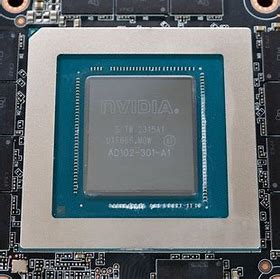
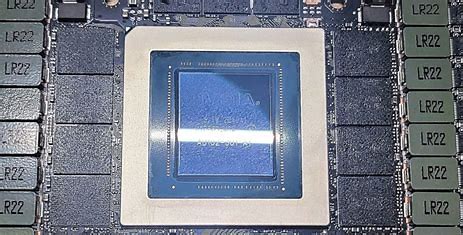
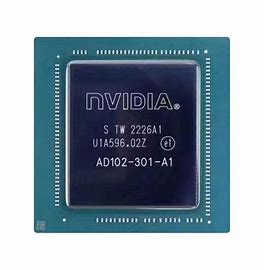
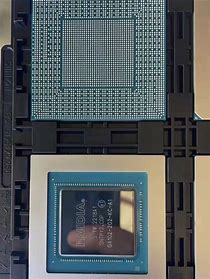
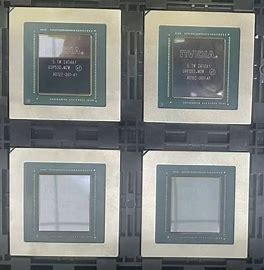
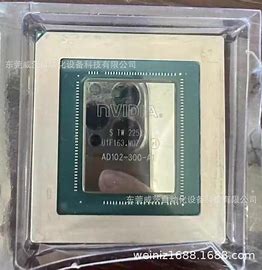
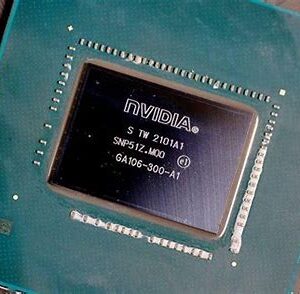
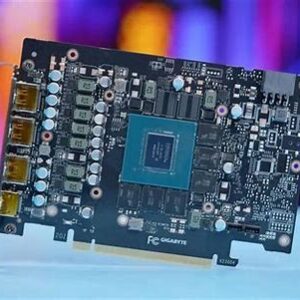
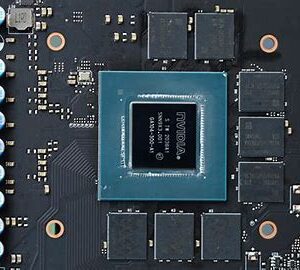
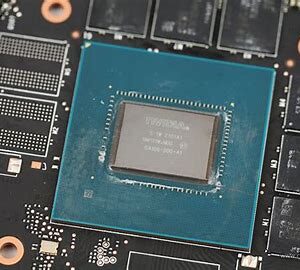
Reviews
There are no reviews yet.